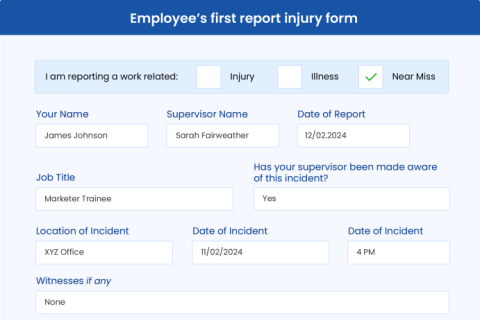Systems | Development | Analytics | API | Testing
Insurance
Workplace Claims: A Close Look at the Importance of Quick Settlements
Navigating AI-Driven Claims Processing
BPM Insurance Strategies: 4 Steps to Better Processes
Navigating Workplace Accident Claims with Astera
Automated Claims Processing: A Comprehensive Guide
Automated Insurance Claims Processing: How Does It Work?
Navigating the Future of Insurance: A Deep Dive into Appian's Use Cases and Stories for Successful Partnerships
Getting Started with Gen AI in Insurance: Benefits and Use Cases
In 2023, generative AI took the spotlight, emerging as the most talked-about technology of the year. This content creating powerhouse can do everything from text, image, and video generation to answering questions through natural language queries. And its potential uses are vast. While many industries are still in the experimental phase, the insurance sector is poised to benefit significantly from the integration of artificial intelligence into its ecosystem.
Underwriting Technology: What Insurance Leaders Need to Know
Automated underwriting technology is helping insurers reimagine what’s possible for replacing manual underwriting processes. Gone is the workbench of the 80s and 90s—incomplete data, sluggish page loads, time-consuming workflows and all. And in its place? A modern, connected solution that unifies your data, automates your underwriting process, and improves decision-making for a better customer experience and a stronger bottom line.











